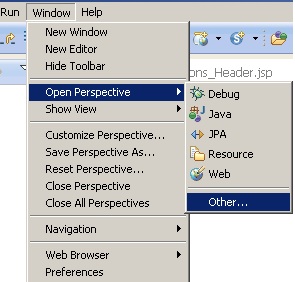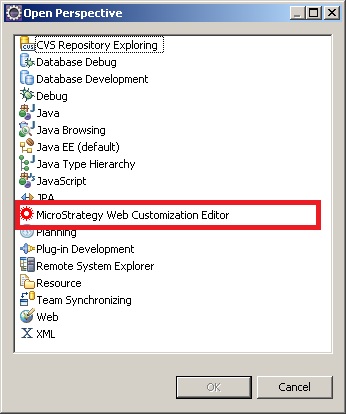MicroStrategy TaskProc and SOA Plataform
In service-oriented architecture, discrete chunks of functionality are built as services that can be accessed by many applications in many different ways. In MicroStrategy Web, these services are called tasks. Once an operation has been defined as a task in MicroStrategy Web, it can be called as a service from anywhere using any protocol. What this means is that you need to build a task only once, and it can then be used everywhere. Regardless of whether a task is called from HTTP, URL, Web Services, COM, .NET, or Java, the underlying implementation is the same.
The diagram below illustrates how the Task Infrastructure allows MicroStrategy functionality to be accessed from any client or protocol, leveraging the MicroStrategy Web service-oriented architecture (SOA). There are a number of major benefits of using services, in the form of MicroStrategy tasks, rather than having Web API logic in an application. For example, services are:
There are many scenarios in which you might want to use services, in the form of MicroStrategy tasks, to insert BI data into an application. One very compelling use case would be the ability to make relevant BI data visible to all users at all times. For example, you might add KPIs or team performance indicators in the corner of an e-mail application. Other use cases include support for single sign-on, the ability to control the logic in a business process based on BI data, and the ability to create reusable functionality. So, for example, you could use a task to create a MicroStrategy session that allows seamless integration between enterprise applications and MicroStrategy. Or, you could create a task that returns product inventory on hand and then use the BI data generated by the task in your business logic to determine whether to perform an action such as automatic reordering.
The diagram below illustrates how the Task Infrastructure allows MicroStrategy functionality to be accessed from any client or protocol, leveraging the MicroStrategy Web service-oriented architecture (SOA). There are a number of major benefits of using services, in the form of MicroStrategy tasks, rather than having Web API logic in an application. For example, services are:
- Reusable
If logic is embedded in an application it cannot be reused by another application. Services, on the other hand, are reusable across applications.
- Abstracted
When you use services to create an application, you don't need to worry about the logic or workflow of MicroStrategy. You simply need to understand the parameters required for the tasks you are using, and MicroStrategy takes care of the rest.0
- Encapsulated
Many different services can be accessed under the same architecture.
- Discovery-based
Services can be described so that they can be discovered by external mechanisms.
Several important product features in MicroStrategy Web—such as Flash dashboards, the Flex Builder-based Visualization SDK, and MicroStrategy Mobile—were built using the Task Infrastructure.






























